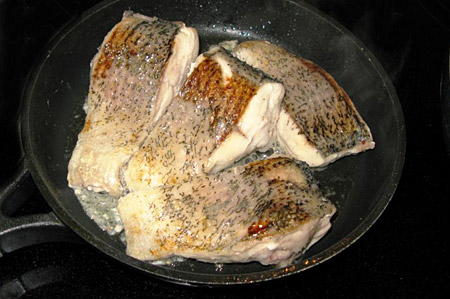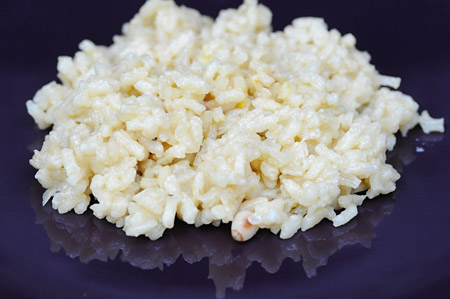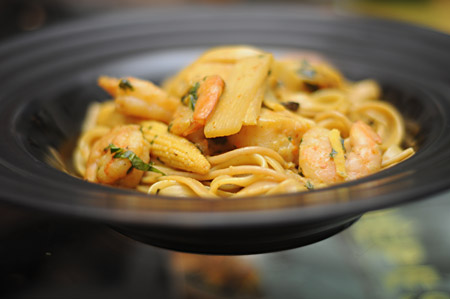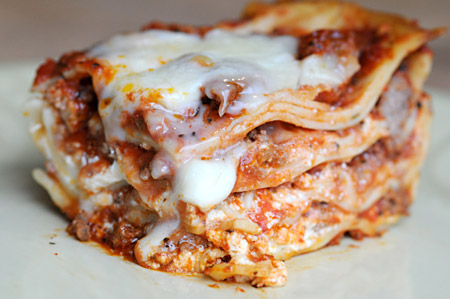Cooking with Carl Mindling
I met a fellow foodie Carl Mindling at our favorite wedding networking event – Martini Madness – that a friend and a great San Francisco wedding coordinator Duncan Reyes puts together. My wife Lisa Whalen is a San Francisco wedding photographer and we frequently go to wedding professionals networking events together, and through these events have met a number of individuals who truly appreciate the “art” of entertaining, and share my love of all things food & wine related.
I was immediately intrigued when Carl Mindling approached me a few months ago about an idea of creating dinner parties together. I love cooking and I love collaborating with others and immediately saw so much creative potential in this idea.
So after we picked our dinner date (May 15th) and invited some of our friends we shortly started brainstorming ideas about what to cook and the theme of the dinner. I volunteered to cook fish and host the party at my place (which later I decided to move to my great friend Robin’s house – THANK YOU, Robin!!)
I love cooking fish – as most of my close friends know I am a huge sushi fan, and some of my favorite meals have centered around yummy slabs of salmon or tuna… But for this dinner I wanted to cook a less fatty, sleeker white fish. First I thought I would make a sea bass with beurre blanc, but once I got to the store I realized that wild halibut was fresh and in season. So I picked out eight great fillets for eight great friends whose company I really enjoy.
I shortly realized that I never really cooked halibut the way I envisioned it done for this dinner party. I’ve made a few good recipes before including Halibut with Cabbage and Shitake Mushrooms and Halibut crusted with herbs and nuts, but I really wanted to make something new – something that would be exciting for me as well as for my guests. So a few days before our dinner I experimented and just took a few of my favorite flavors and tried to imagine what would put a Mediterranean twist to cooking this fish. And here we are:
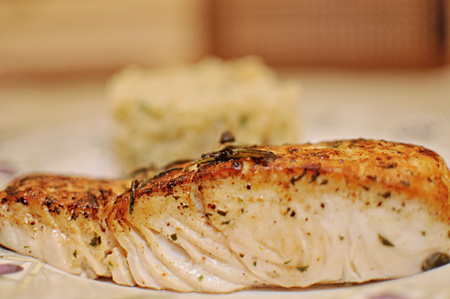
Pan Roasted Halibut
Ingredients:
Combine in a bowl:
3 tbsp Olive Oil
Juice of 1 Lemon
1 tsp of Capers
Chopped Mint
½ Thin sliced Jalapeno
2 Rosemary twigs
2 tsp of white balsamic vinegar
½ tsp honey
Salt & pepper to taste
To Do’s
I marinated the fish in this dressing for a few hours.
First time I made this fish I enclosed it in parchment paper and baked it to perfection for 12 minutes. But for our dinner, I wanted more of a classic presentation, so I first seared the fish in a dash of oil on one side to get a golden crust, then finished it in the oven on a bed of fresh fennel. I enjoyed the more tangy flavors of jalapeno and capers working together with the earthy rosemary and the bright and fresh mint. Carl made perfect cous-cous to go along the fish, which we put on a bed of simply boiled (about five minutes) swiss-chard.
Here are a few more pictures from our dinner:
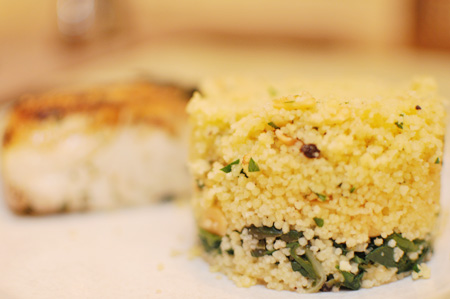
Cous Cous by Carl Mindling
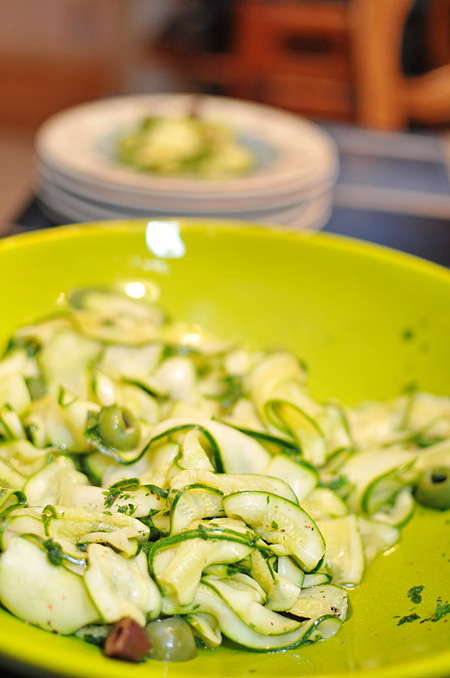
Zucchini with olives and mint
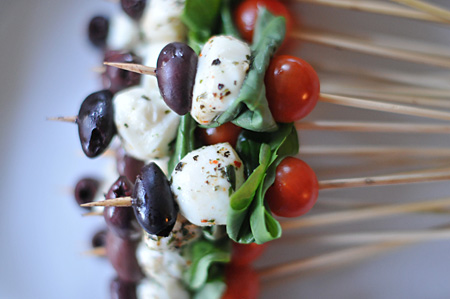
Tomato, Olives and Mozzarella Skewers by Carl Mindling
Tips & Tricks:
Before searing the fish, make sure to remove it from the sauce and pat it dry. Fish must be dry when it hits the pan, otherwise it won’t sear.
Make sure the pan is perfectly preheated; otherwise the fish will stick to the pan. I used my All-Clad copper-core saute pan to really control the temperature, and not overcook the fish so I could get a crispier edge. Cast iron skillets will give a slightly moister but equally great feel to the fish. Please spare the fish and your guests the torture of non-stick pans!
Sear on just one side for 3-5 minutes and bake at 450 for 7-8 minutes, its better to undercook, then overcook the fish.
I use grape seed oil for searing because it has least flavor of all oils, has one of highest heat indexes and doesn’t flavor the fish too much (as it will occur with olive oil)
Swiss-Chard: Boil water, add teaspoon on salt and add chard. Boil for 5 minutes, remove, drain access water and season with a splash of fresh squeezed lemon juice, a dash of olive oil, salt pepper.


